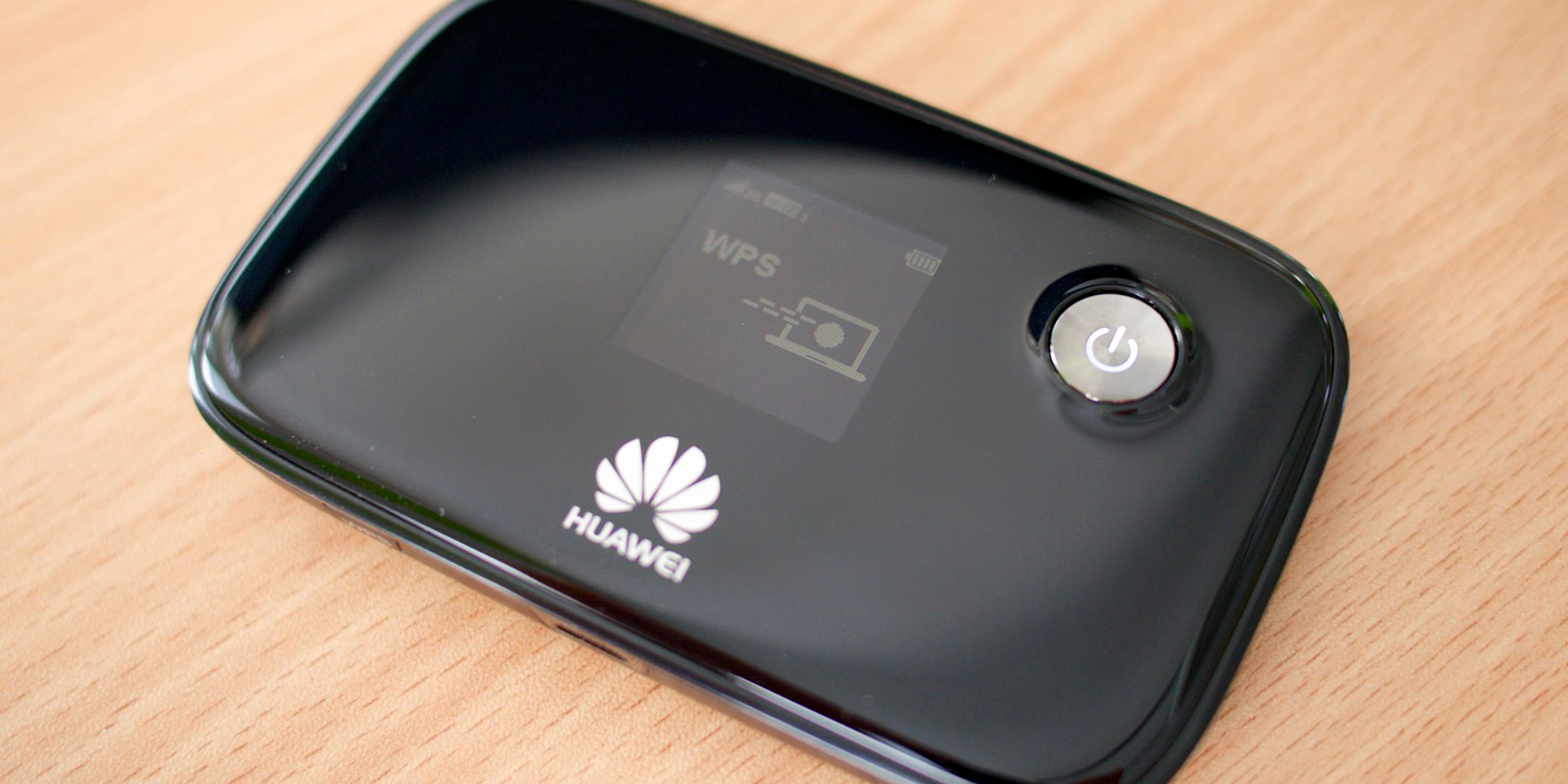If you’re working away from the office or you love to travel, you’ve probably heard people tell you to get a mobile hotspot. But what are these devices, how do you get one, and how do they work?
Let’s explore what a mobile hotspot is and how to use one.
What Is a Mobile Hotspot?
Mobile hotspots are devices that connect to a cellular network, like 4G or 5G. Other devices that can’t connect to a cellular network can connect to the mobile hotspot using Wi-Fi. The mobile hotspot acts as a bridge between your devices and your cellular network.
Do you know the router and/or modem you have in your home? This device lets you connect your PCs, laptops, smartphones, and other gadgets to the internet. It does this by receiving requests from your devices, then sends them off down your broadband connection to their destination.
In a way, a mobile hotspot is like a router for a cellular connection. However, because you can connect to cellular data while you’re out and about, you can bring the hotspot with you and have a “router on the go.”
This is more convenient than your router at home, as that one needs a physical connection between it and your home’s broadband connection to work. As such, if you want to use the internet while you’re out, a mobile hotspot is the way to go.
The Types of Mobile Hotspot
So now you know what a hotspot is, it’s time to explore the different kinds you can use. Currently, there are three: the smartphone hotspot, the portable hotspot, and the dongle.
What Is a Smartphone Hotspot?
When we talked about getting an internet connection no matter where you are, you probably thought about how your smartphone can do the same. Well, you’ll be pleased to know that modern-day smartphones typically come with a hotspot built into them!
Smartphone hotspots work by hijacking the Wi-Fi adapter in the phone. Instead of using it to send data, it sets it to receive data instead. That way, you can connect to it using another Wi-Fi device, just like a router.
Smartphone hotspots are the best for sheer convenience. If you own a smartphone with Wi-Fi hotspot capabilities, you don’t need to buy or install anything extra. When you need internet on the go, just activate the hotspot and connect your internet-hungry devices to your phone over Wi-Fi.
We covered how to set up a wireless home network with a mobile phone, so be sure to read that to find out more.
What Is a Portable Hotspot?
If you don’t have or don’t want to use a phone with a hotspot feature on it, you can opt for a portable hotspot instead. These are battery-powered standalone devices that connect to a cellular network and allow Wi-Fi devices to connect to it.
The name is a little misleading, as cellular hotspots are portable by design. However, the terms “portable hotspot,” “portable Wi-Fi hotspot,” “portable mobile hotspot,” “travel routers,” and “MiFi” usually refer to these specific devices.
These little devices often require a SIM card to work. That’s because they’re connecting to a cellular network just like a smartphone would. You can get a monthly plan with a data cap or get a SIM card loaded with credit and use it up as you go.
Portable hotspots are the best option for getting the best possible signal. Because they run off of a battery, you can unplug them from the mains and place them anywhere. This means you can put them next to a window or high on a shelf for the best possible cellular reception.
You can do the same for smartphone hotspots, but problems arise when people want to call or WhatsApp you. With a standalone hotspot, you can just “set it and forget it” and keep your phone on you for important calls.
What Is a Dongle Hotspot?
Dongle hotspots are kind of like their portable Wi-Fi cousins; however, instead of being their own device, they plug into a USB port on your computer or laptop. These also need a SIM card installed and in credit to connect to a cellular network.
This allows your device to get a cellular connection while also cutting out the middle man. Your computer doesn’t need to pass data to a router to send it off onto 4G; the dongle connects your device directly to the cellular network.
While some dongles will only put their host device onto a cellular network, others come with Wi-Fi hotspot capabilities. This allows other devices to connect to your dongle over Wi-Fi, just like a portable hotspot.
Dongle hotspots are great if you want one USB-enabled device to do most of the browsing. For instance, if you only want to give your laptop cellular access, you can grab a dongle, plug it in, and enjoy no interference between your laptop and the cellular router.
However, if you think your reception will be spotty, it’s best to go for a smartphone or portable hotspot. This is because the dongle is very inflexible after it’s plugged into your laptop. If you have a bad signal where you want to work and a good signal by the window, for instance, you’ll need to hold the laptop up to the window to get a good signal—not ideal!
Getting Wi-Fi on the Go
If you’re always on the go, but you want to get your devices onto a cellular network, a hotspot can help. Regardless of which option you go for, each has its strengths you can use to get all of your gadgets hooked up to the internet no matter where you are.
If you want, you can even use these hotspots in your car to get an internet connection when you drive. Of course, you should always take care and pay attention to the road when driving, but it’s a handy way to listen to online music during those long trips.
Image Credit: Kārlis Dambrāns/Flickr.com
About The Author

